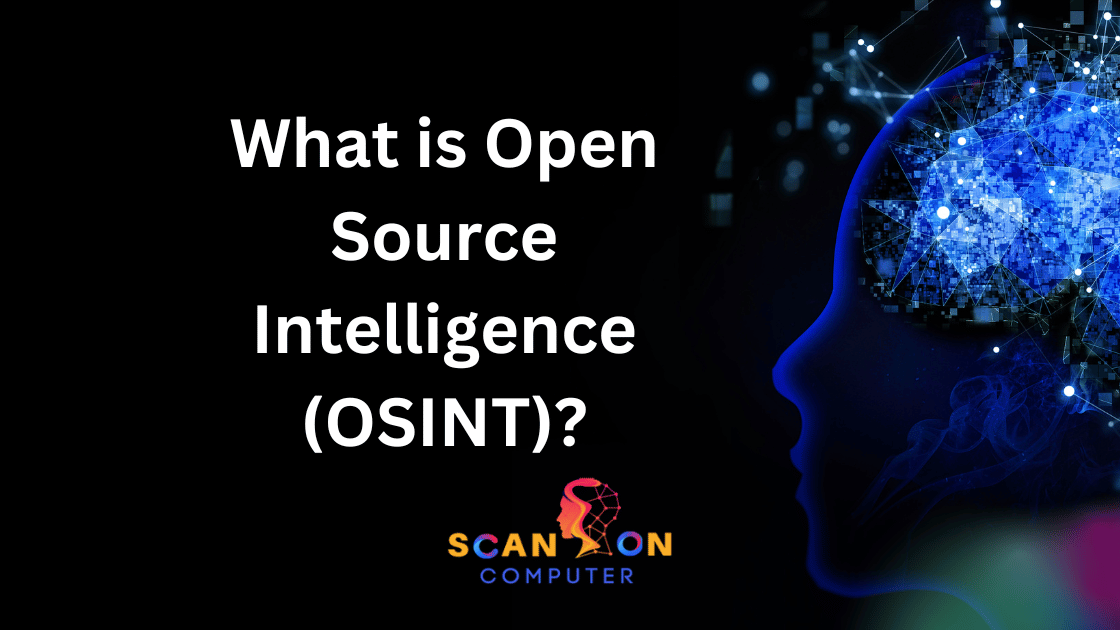OSINT tools collect video, image, audio and text data from publicly accessible sources before analyzing it to detect patterns and trends in that information.
Open Source Intelligence includes search engines like reverse image search engines and reverse video search engines; Wikis; video and image metadata, as well as specialized reconnaissance tools such as Maltego and Zmap, used by penetration testers.
What is open source data?
OSINT (Open Source Intelligence Network Technology) refers to information gleaned from publicly accessible sources like the internet, social media sites, news articles and government reports. As opposed to closed intelligence formats like internal telemetry or data collected through external intelligence-sharing communities, open source intelligence is widely accessible via search engines and the internet and can therefore provide analysts with valuable intelligence sources for analysis.
Open source intelligence can be combined with other forms of intelligence in order to filter and verify data before it’s used in analysis. For instance, cybersecurity professionals may employ OSINT for gathering intelligence on potential threats while using closed intelligence sources like threat-intelligence platforms or internal telemetry to validate and corroborate that information.
This techniques provide access to information that can be used for many different purposes, from investigating crime to conducting market research. Unfortunately, hackers and bad actors also have access to this same data and could misuse it maliciously by stalking, doxing or initiating cyber-attacks on organizations. Therefore it is vitally important that any data gathered using OSINT techniques adheres to all privacy regulations.
How is open source data used?
Ultimately, the goal of OSINT for CISOs should be to detect information cybercriminals could use in an attack and then use that knowledge to stop those attacks from happening. This may involve searching social media posts threat actors may target, network diagrams they could exploit and any other publicly available information attackers might find valuable. OSINT can either be conducted passively or actively but both approaches require appropriate tools and teams with knowledge in collecting intelligence in a legal and ethical manner.
AI in OSINT has enabled data analysis to take place quickly and at scale, enabling even massive databases and live feeds to be analyzed quickly for intelligence in minutes rather than hours or days.
Open Source Intelligence can also help forensics teams track an attacker’s activities. For instance, if an attacker uses specific malware, forensics teams can examine its code to understand where and who created it – this allows forensics teams to locate its source and block access before further attacks take place.
OSINT and Cybersecurity
OSINT (Opportunistic Signal Intelligence) can be an indispensable asset in cybersecurity, providing organizations with a way to uncover information that could potentially be exploited by attackers. OSINT tools provide organizations with additional protection by helping detect threats faster and respond more swiftly when threats emerge.
It assists organizations in conducting vulnerability and penetration testing by identifying any weaknesses in their networks or systems, while also tracking public sentiment regarding products or services provided by companies, which allows organizations to detect any issues that might compromise their reputation or brand image.
It may not immediately come to mind as a cybersecurity tool, but it’s important to remember that threat actors often use publicly available information from various online sources for social engineering attacks like phishing, vishing and SMiShing. Search engines, social media platforms and user forums all contain this kind of data which OSINT tools and techniques can collect quickly without incurring high expenses for equipment or personnel.
Why open-source intelligence OSINT?
Intelligence gathering was once solely the responsibility of secret agents and spies; but with the Internet’s rise came an unprecedented level of democratization: anyone with access to it can now gather intelligence without assistance from third-party spies or agents. Searching massive websites, social media platforms, or databases for relevant data has revolutionized how we investigate threats and identify security flaws.
No matter if you are an IT security expert trying to determine what hackers may have revealed about your company or simply concerned about the privacy of yourself and/or others, Open Source Intelligence tools provide invaluable help in collecting and analyzing this data – and best of all they are free!
Passive collection tools such as FOCA or Recon-ng quickly sort through large volumes of raw data to identify relevant information based on rules you specify. Once extracted, various data analysis and generative AI tools can then combine these intelligence feeds into useful threat profiles or vulnerability assessments.
How does open-source intelligence OSINT work?
OSINT (open source intelligence collection) is an efficient information gathering method used by IT security professionals, cybercriminals and anyone searching for specific intelligence pieces. OSINT intelligence collection offers less risky solutions than using human sources as it does not require accessing restricted or classified data sources.
It is the collection comes in different forms. One technique, passive collection, includes scraping websites or retrieving data from publicly available APIs or public malware sandboxes to scan applications. Active collection requires more expertise – using techniques such as scanning open ports or searching for unpatched Windows vulnerabilities in logs as part of this practice.
Through these methods, attackers can collect enormous amounts of information on their target and use this to launch attacks against them. To guard against this threat, organizations need a clear OSINT strategy and only collect relevant data for their goals – including having an organized process for reviewing and prioritizing what has been collected; additionally it would help if there was an integrated threat intelligence platform which can manage and filter large volumes of information that are often collected.
OSINT Techniques
OSINT tools enable security analysts and professionals to gather a wide variety of information from various sources for various uses, including threat intelligence, vulnerability management and penetration testing. OSINT may also be employed for market research or brand monitoring purposes.
OSINT sources often include social media, public records and news outlets – all accessible using passive or active OSINT techniques. Passive OSINT collects large quantities of information through search engines or online tools without alerting targets of intelligence collection processes; on the other hand, active OSINT requires more hands-on work and in-depth research.
It is used by hackers to gather intelligence about their targets, such as personal information, researching their digital footprint, vulnerabilities and weaknesses as well as exploitable software and services that remain unpatched, identify leak sources or determine if an individual is being targeted for fraud or identity theft.
OSINT Framework
The OSINT Framework is a set of guidelines for gathering open source intelligence (OSINT). This includes an extensive list of information sources and domains, along with techniques for collecting, organizing and analyzing data.
This framework helps analysts focus their efforts on locating the most important data. This is especially useful for CISOs who must quickly and efficiently locate information to protect their organizations.
Security analysts could utilize OSINT to gather intelligence about an attacker, such as social media profiles, schools their children attend and any publicly accessible personal data available about them that can serve as potential targets for phishing and social engineering attacks.
However, OSINT information is public and may be misused by those with malicious intentions. Therefore, security teams must make use of OSINT responsibly and ethically in order to maximize its use while adhering to privacy regulations. Using an OSINT Framework ensures their information collection efforts remain as efficient as possible while still complying with regulations pertaining to information collection efforts.
Conclusion
OSINT operations, whether conducted by security professionals or malicious hackers, involve combing through vast quantities of publicly available information to identify vulnerabilities and exploit them. It can be both beneficial and detrimental to defenders; with the right tools and techniques it’s possible to quickly locate insecure assets while connecting data points from various sources; however navigating such an expansive maze of information can be time-consuming and confusing – it is therefore essential that an organized strategy be established prior to commencing such an OSINT investigation in order to streamline search for vulnerabilities.
Open source intelligence gathering often relies on publicly accessible internet resources, including social media sites, discussion forums and group chats, unprotected website directories and the “deep web“. It also can include malicious phishing websites which distribute false data that leads victims directly to malware download pages. When conducting OSINT searches it’s crucial that only reliable resources are searched; Maltego offers software which helps uncover relationships among data sets quickly enabling teams to quickly detect potential threats and prioritize efforts quickly and efficiently.










Leave a Reply
View Comments